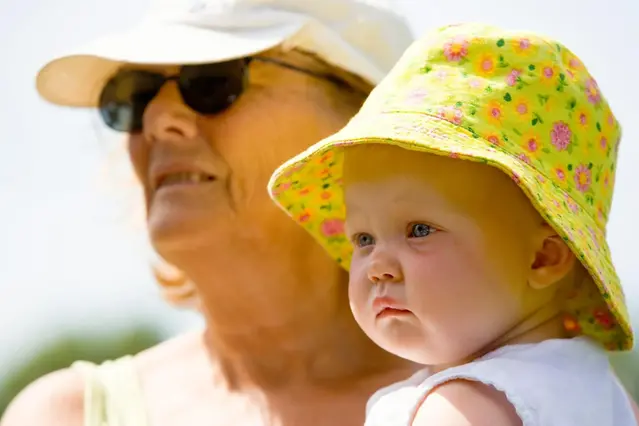What is just resilience?
Just resilience is a matter of recognising the disproportionate impact of climate change on the most vulnerable groups in society, of protecting them and ensuring that the risks and benefits of climate adaptation measures are justly shared.
In short, just resilience strives to ensure that:
- existing injustices are not exacerbated;
- no new injustices are created; and
- any injustices that are created are compensated for.
Climate change impacts different groups in different ways
Research clearly demonstrates that climate change impacts different societal groups to different extents. For example, women are often more vulnerable than men, and older adults, children and residents of socioeconomically deprived areas are more vulnerable than other members of society. More therefore needs to be done to protect the most vulnerable members of society from the impact of climate change. Furthermore, new injustices may be created by ill-conceived climate adaptation measures.

Three key dimensions of justice
Given its historical, legal and philosophical aspects, the term justice can be difficult to define. Three key dimensions of justice are often highlighted in a climate adaptation context:
- Distributive justice. How the impact of climate change is distributed and how the benefits and burdens of climate adaptation measures should be distributed: Who is affected and who benefits? For example, labourers working outdoors are more exposed during a heatwave than office workers.
- Procedural justice. Promote broad participation and consider a wide-range of perspectives to increase the legitimacy of decision-making processes.
- Recognitional justice. Recognise different perspectives, values and types of knowledge. For example, consider the perspective of young people and Sami knowledge.
Further dimensions
In addition to the three key dimensions, there are a number of complementary dimensions, such as:
- Restorative justice: taking into account earlier injustices by, for example, compensating for them.
- Justice for animals and the natural world: valuing ecosystems.
- Considering future generations: ensure that future generations have the prerequisites for a good life.
- Considering the fact that people have different capacities, vulnerabilities and exposures to climate change.
- Global dimensions: recognise that, when societies take climate adaptation measures, it may create injustices beyond national borders. For example, when countries share waterways and a country upstream takes measures that reduce access to water for countries downstream.
